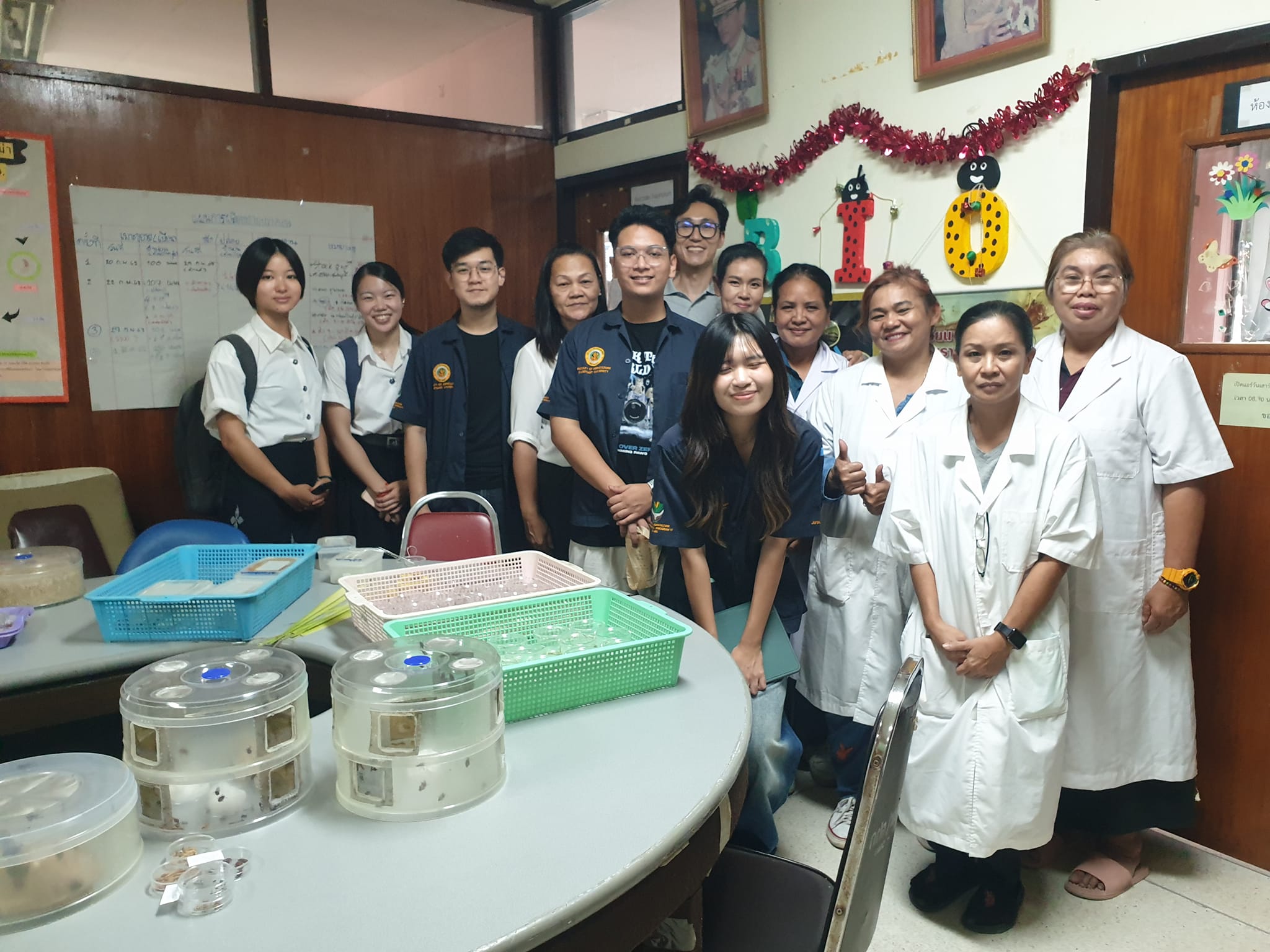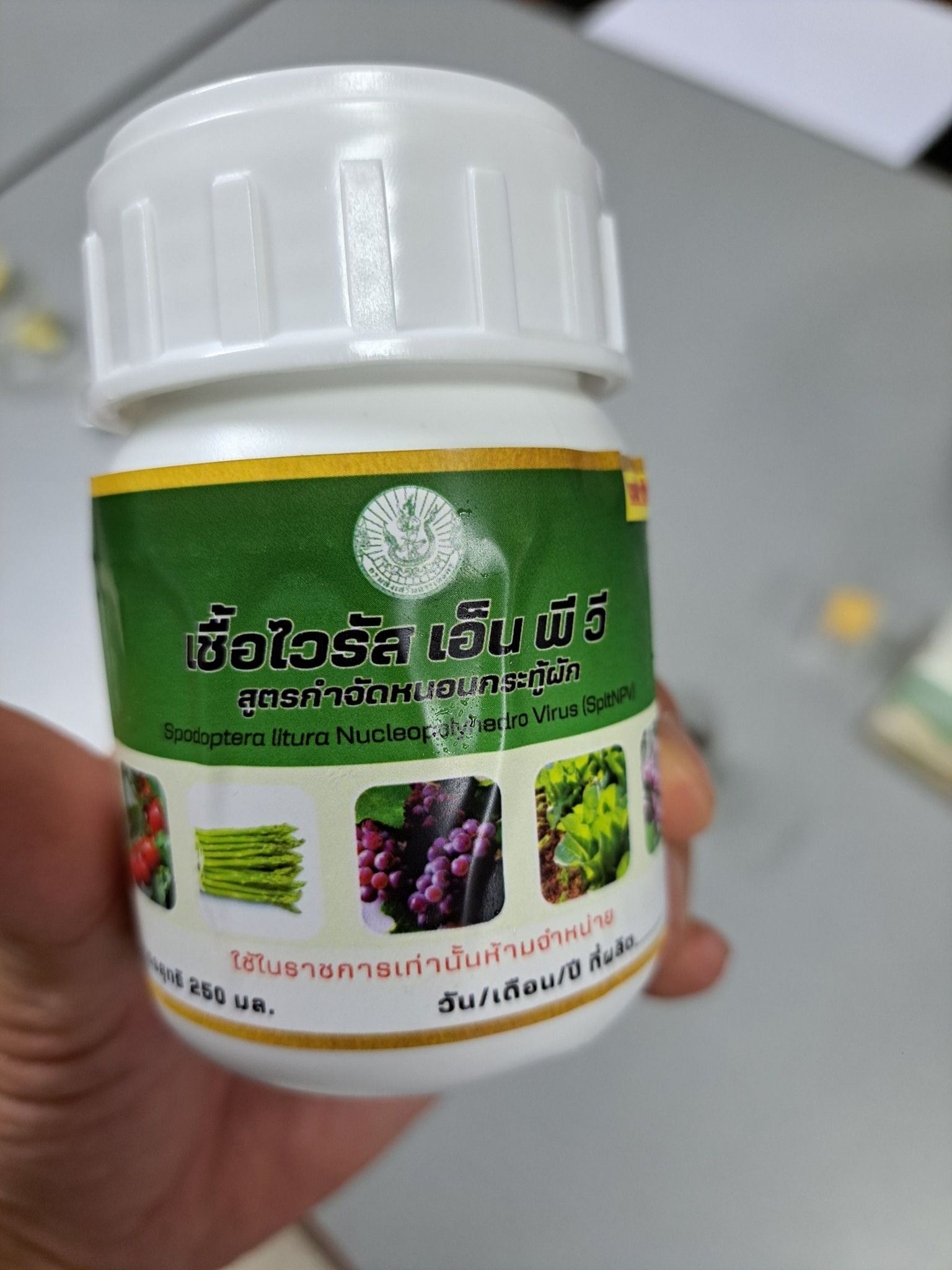
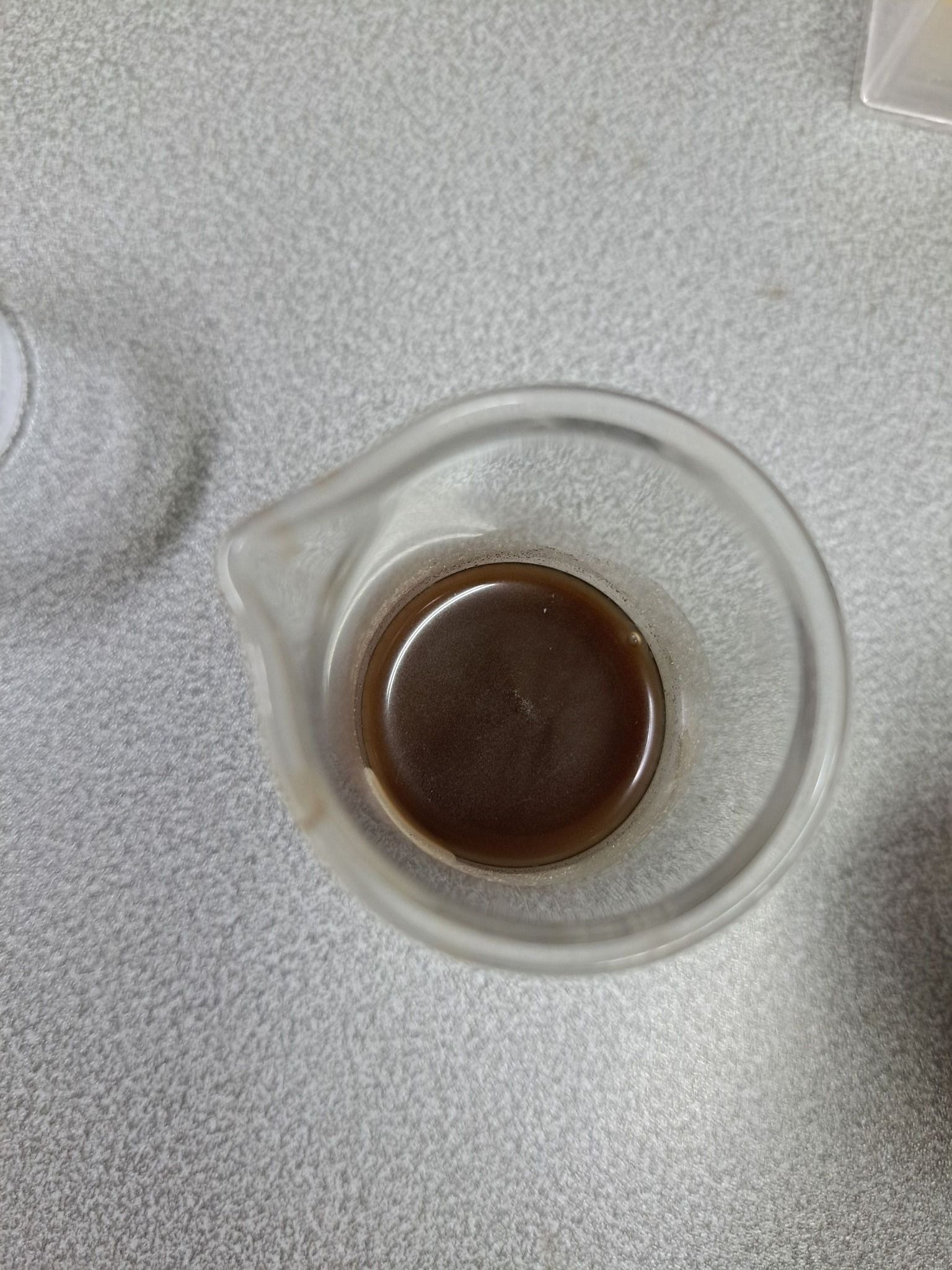 Spodoptera litura nucleoplolyhedrovirus (SlNPV) is a baculovirus that specifically infest the larvae of the Tobacco cutworm for their biological control. It can effectively reduce pest populations without negative environmental impacts associated with chemical pesticides. It can be formulated as a biopesticide and applied in agricultural settings to manage cutworm populations in an environmentally friendly way.
Spodoptera litura nucleoplolyhedrovirus (SlNPV) is a baculovirus that specifically infest the larvae of the Tobacco cutworm for their biological control. It can effectively reduce pest populations without negative environmental impacts associated with chemical pesticides. It can be formulated as a biopesticide and applied in agricultural settings to manage cutworm populations in an environmentally friendly way.
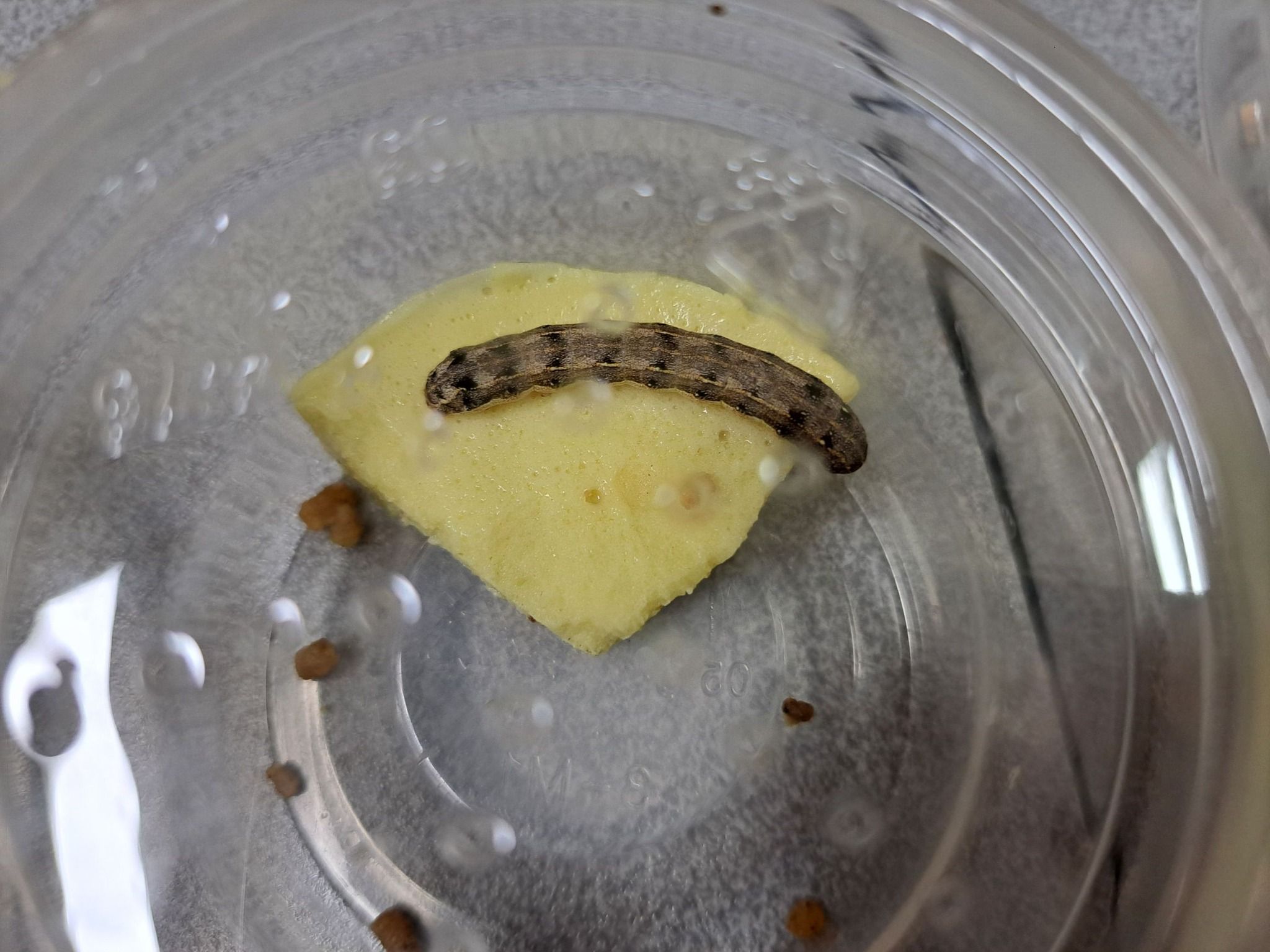
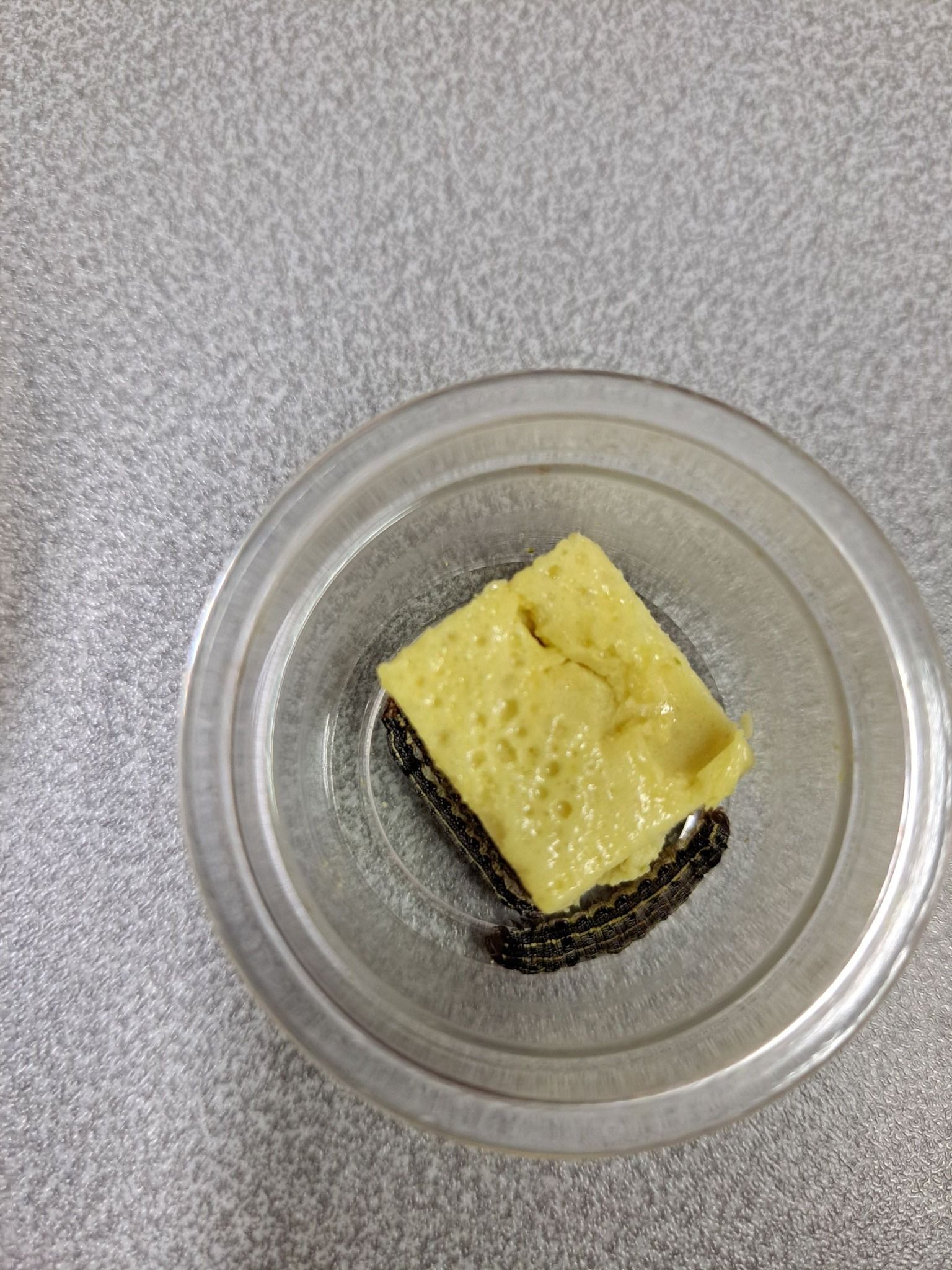 The virus infects the larval stage of the moth, leading to high mortality rates as the larvae consume contaminated plant material. Once infected, the larvae typically stop feeding and eventually die, allowing the virus to spread to other individuals.
The virus infects the larval stage of the moth, leading to high mortality rates as the larvae consume contaminated plant material. Once infected, the larvae typically stop feeding and eventually die, allowing the virus to spread to other individuals.
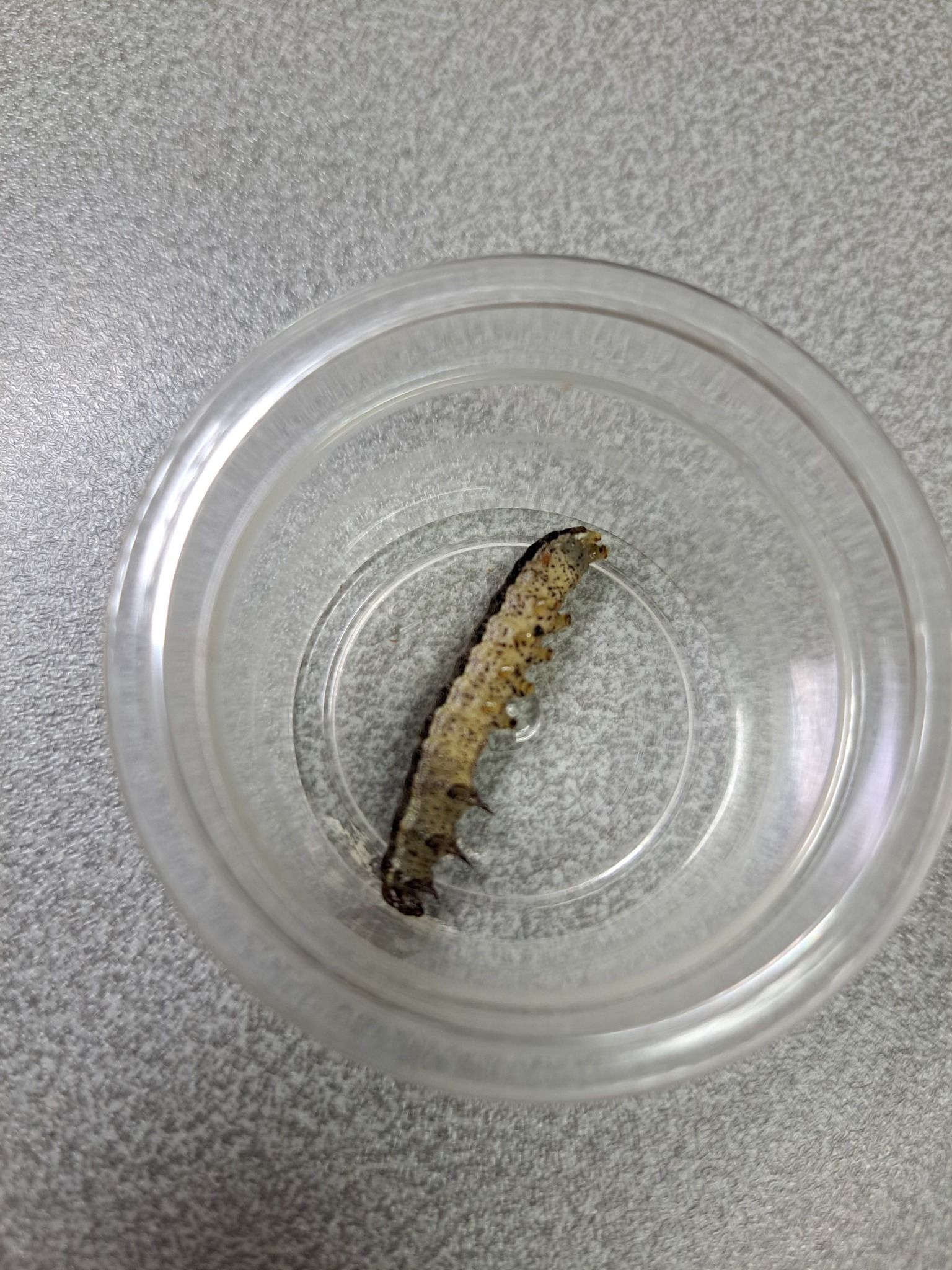
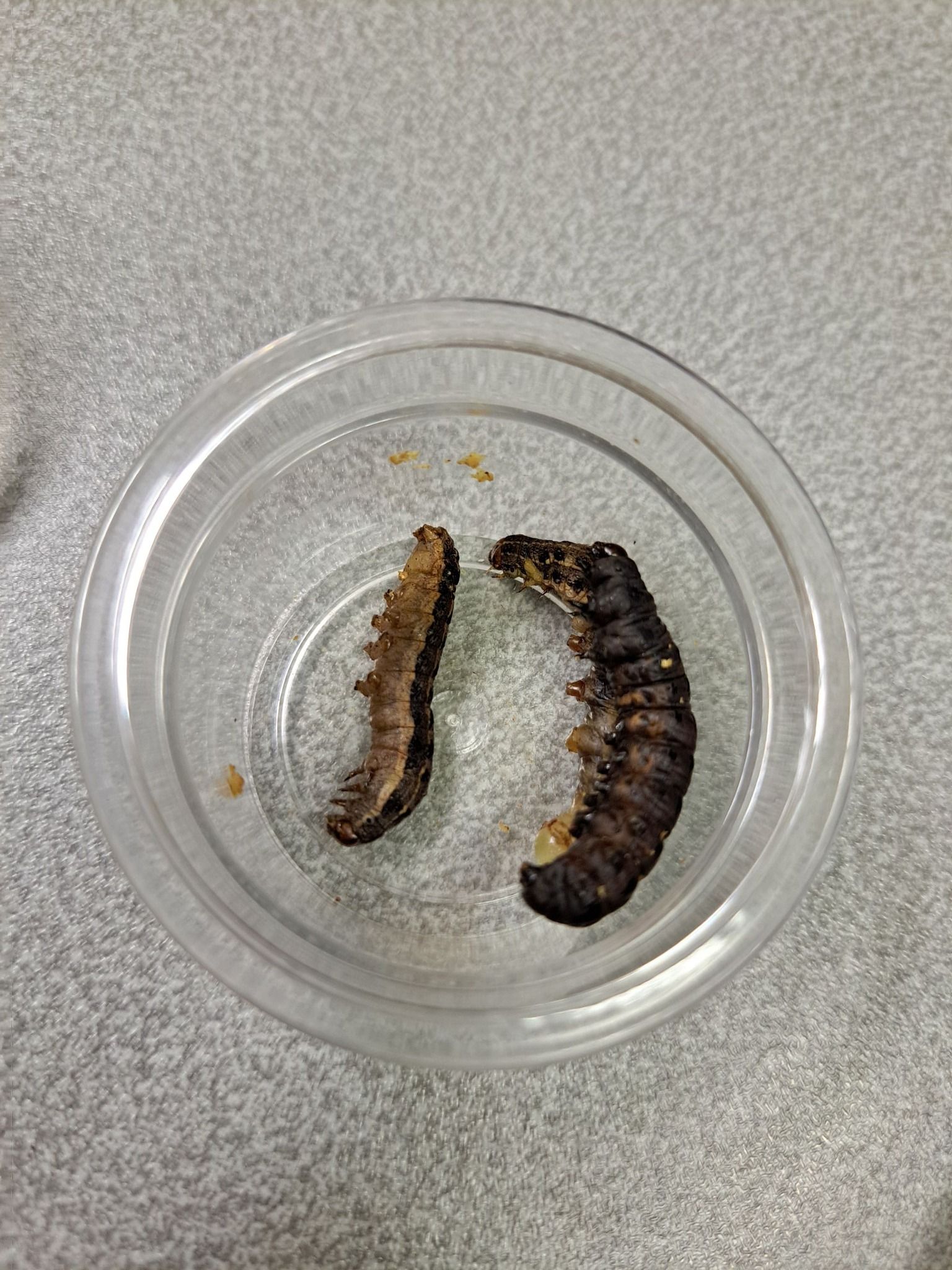
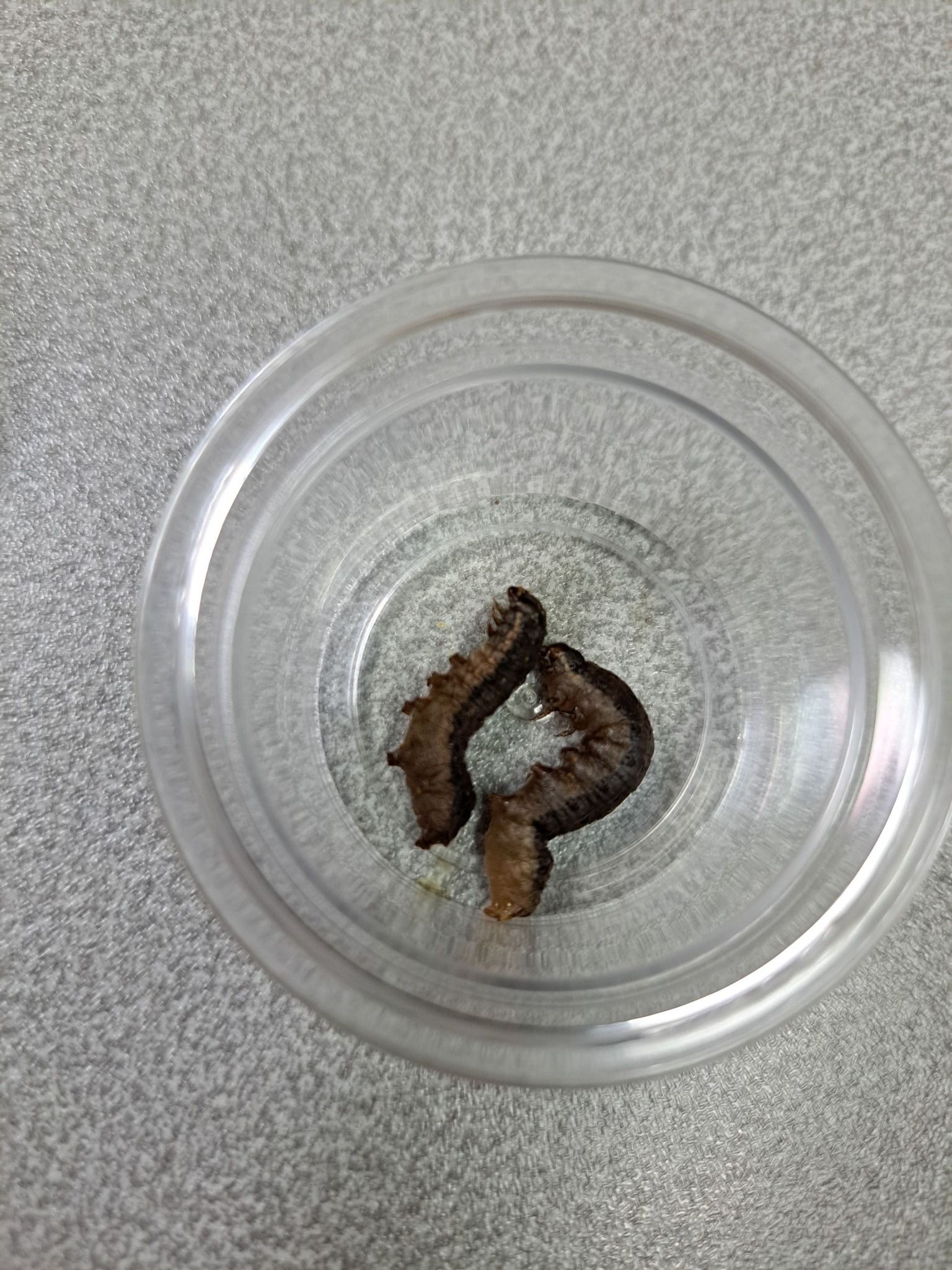 More about Spodoptera litura, a species of moth known as Tobacco cutworm or tropical armyworm. It's a significant agricultural pest that affects a wide range of crops, including vegetables, cotton, and grains.
More about Spodoptera litura, a species of moth known as Tobacco cutworm or tropical armyworm. It's a significant agricultural pest that affects a wide range of crops, including vegetables, cotton, and grains.
They go through complete metamorphosis, with egg, larval, pupal, and adult stages.
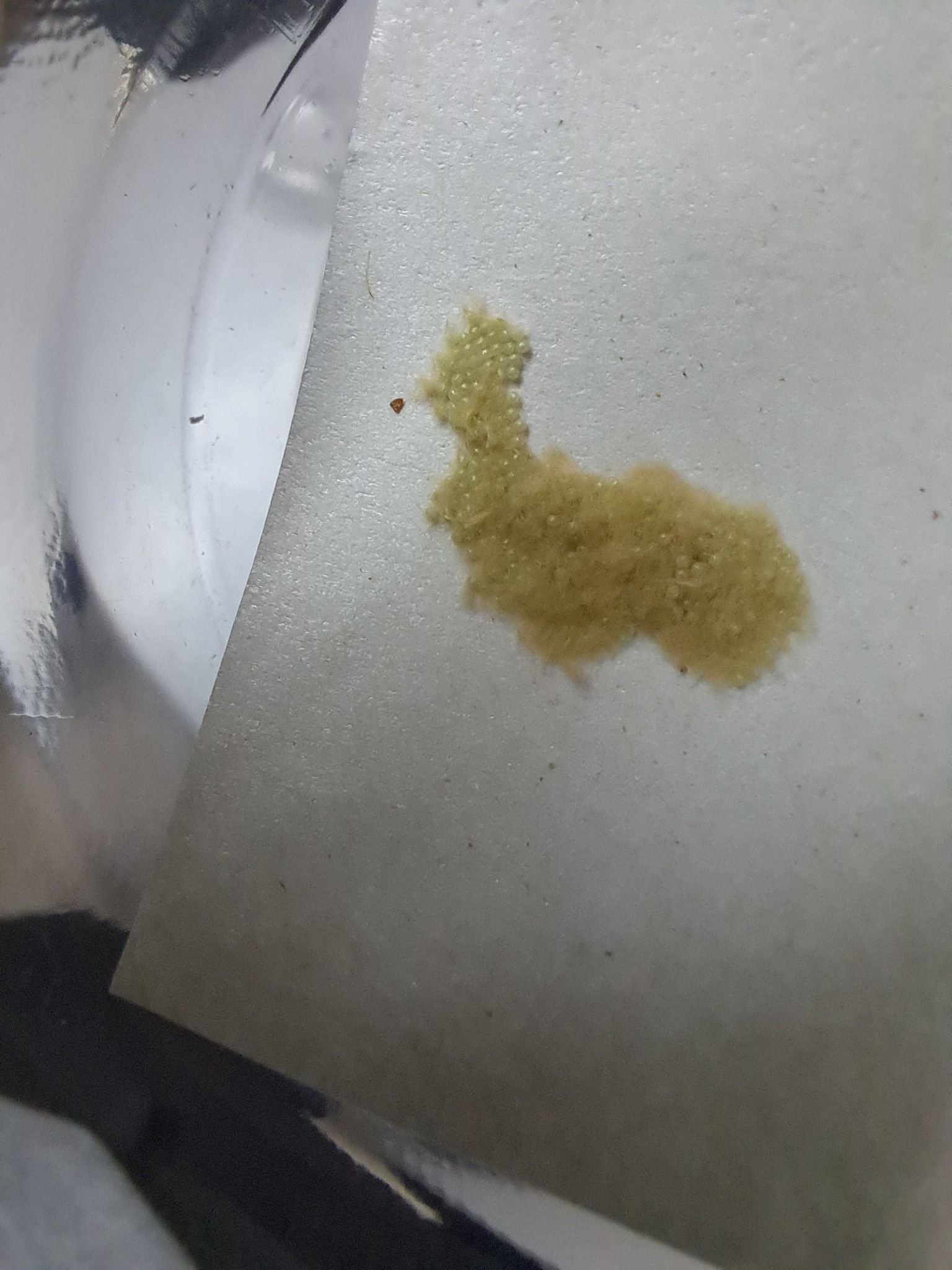
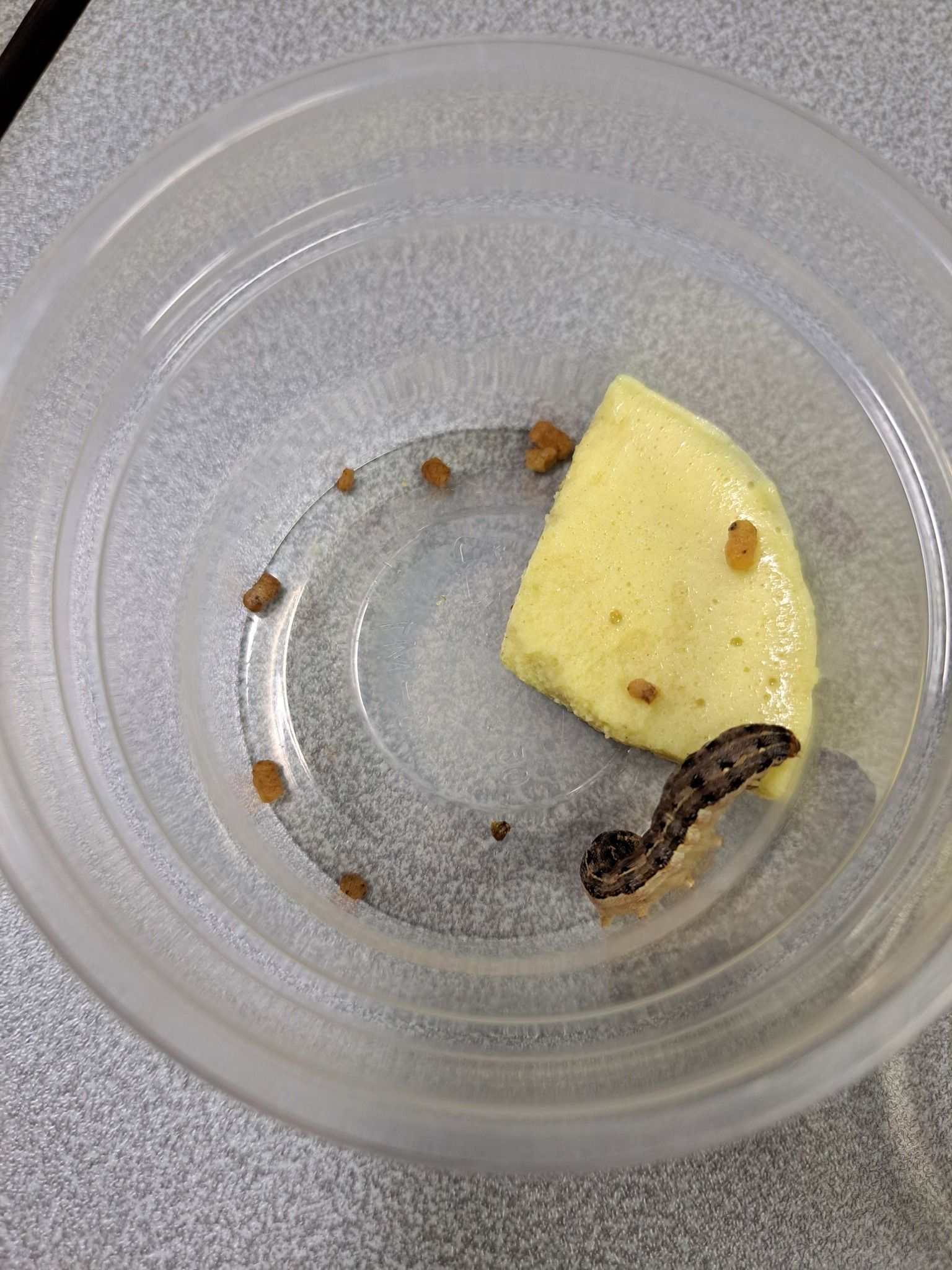
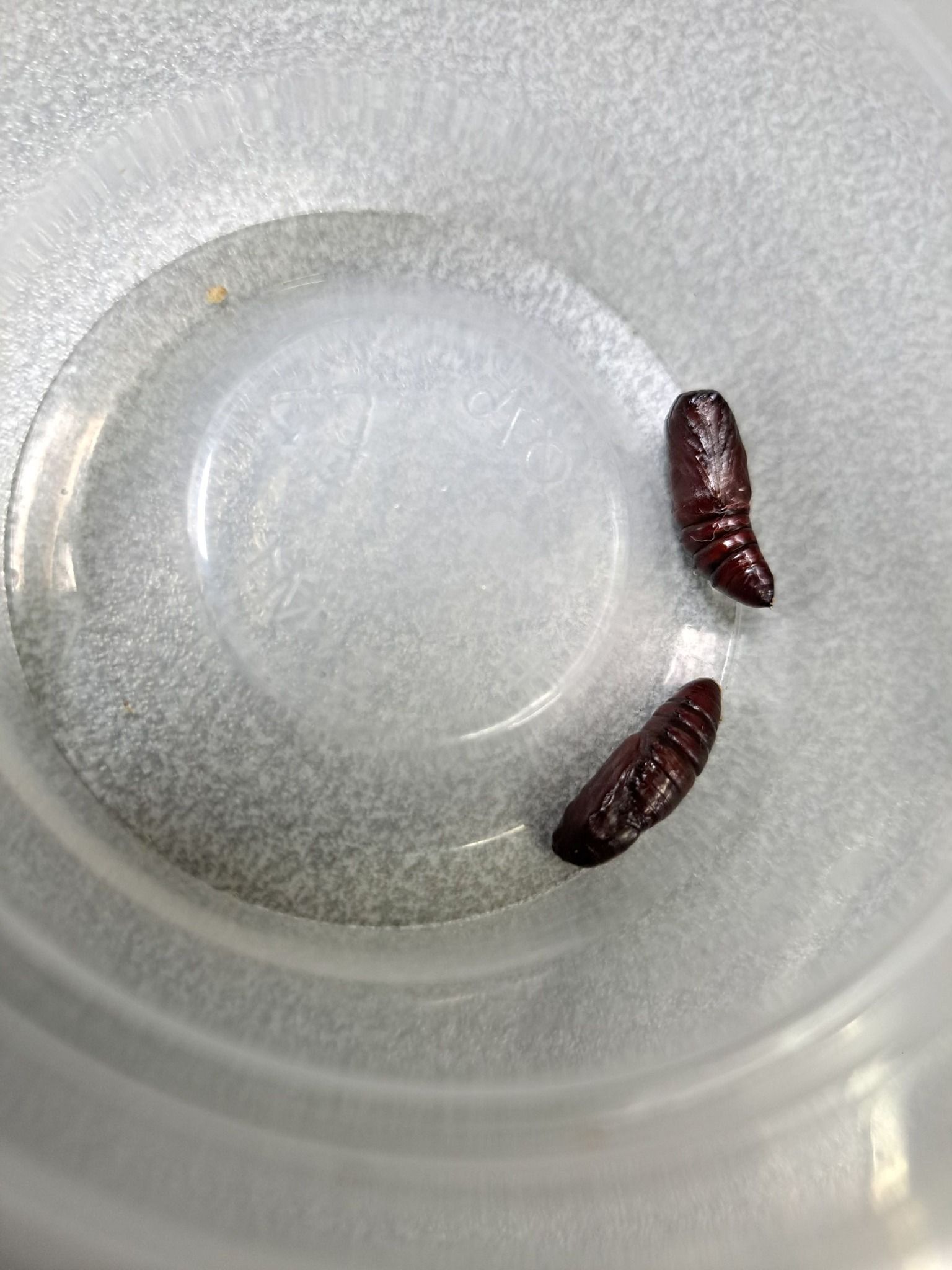
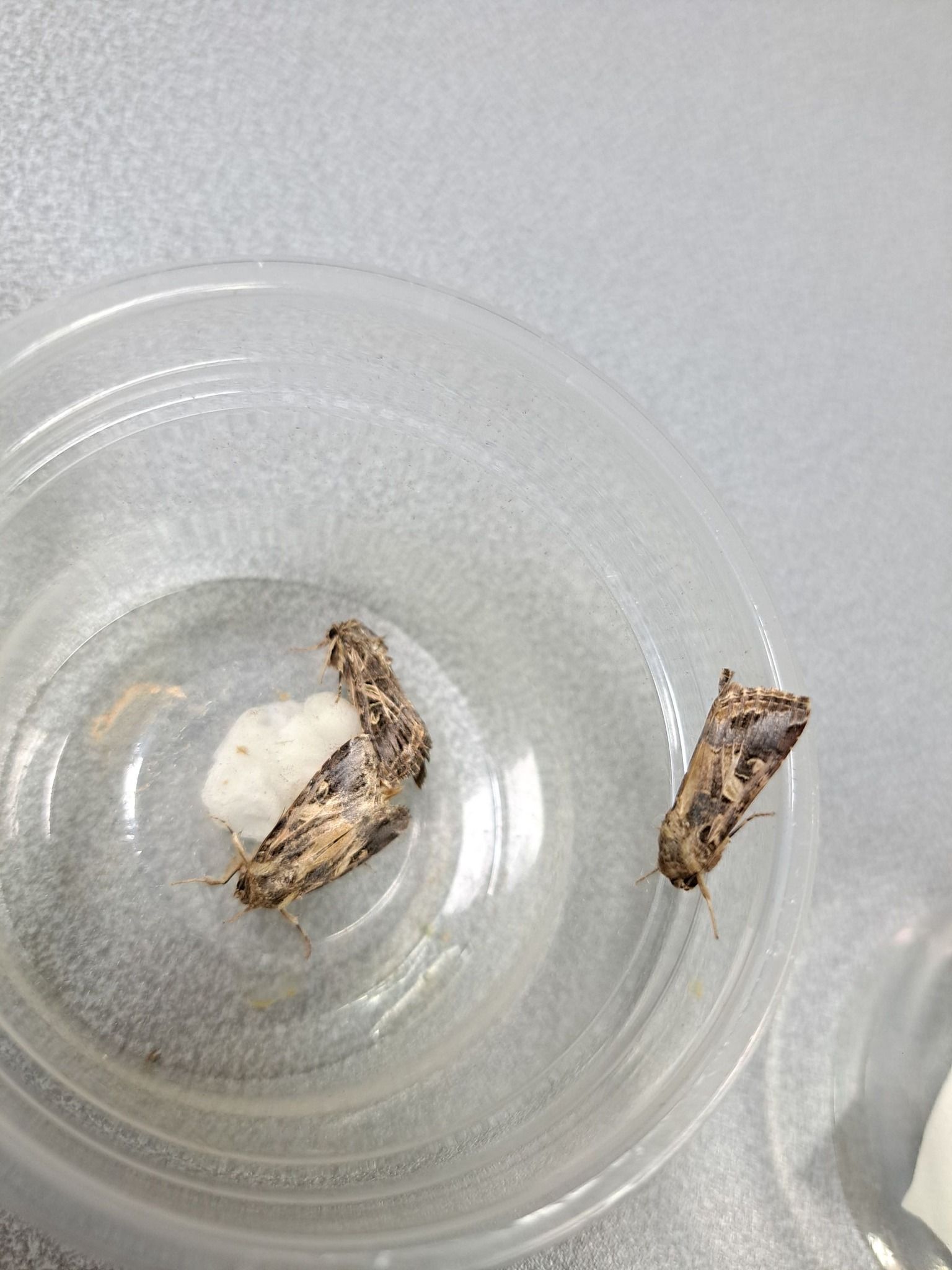 This pest is found in many tropical and subtropical regions around the world. Management strategies include cultural practices, biological control, and chemical pesticides. Integrated pest management (IPM) is often recommended to minimize impact.
This pest is found in many tropical and subtropical regions around the world. Management strategies include cultural practices, biological control, and chemical pesticides. Integrated pest management (IPM) is often recommended to minimize impact.
Q & A
Q. How does the Department of Agricultural Extension in Thailand support farmers in managing this pest, particularly through the use of the virus?
A. The Department of Agricultural Extension (DOAE) in Thailand plays a vital role in supporting farmers dealing with pests like the tobacco cutworm (Spodoptera litura), particularly through the use of biological control methods such as the S. litura nucleopolyhedrovirus (SlNPV). Here are some ways they provide support:
Education and Training: DOAE conducts training programs to educate farmers about pest management strategies, including the benefits of using biopesticides like SlNPV. They provide information on identifying the pest, understanding its lifecycle, and recognizing the signs of infection.
Distribution of Biopesticides: The department often collaborates with research institutions to produce and distribute SlNPV as a biopesticide. They may offer these products at subsidized rates or provide them as part of extension services.
Integrated Pest Management (IPM): DOAE promotes IPM practices that combine biological control (using SlNPV) with cultural practices, such as crop rotation, proper field sanitation, and the use of resistant crop varieties. This holistic approach helps reduce reliance on chemical pesticides.
Monitoring and Research: The department conducts monitoring programs to assess pest populations and the effectiveness of biocontrol measures. They may also engage in research to improve the efficacy of SlNPV and develop new biopesticide formulations.
Advisory Services: Farmers can access advisory services from extension officers who provide guidance on the timing and method of applying SlNPV, as well as other pest management practices.
Community Engagement: DOAE often works with farmer groups and cooperatives to promote awareness and collective action against pests. This can include organizing workshops and field demonstrations.
Through these initiatives, the Department of Agricultural Extension in Thailand supports farmers in managing tobacco cutworms effectively while promoting sustainable agricultural practices.
